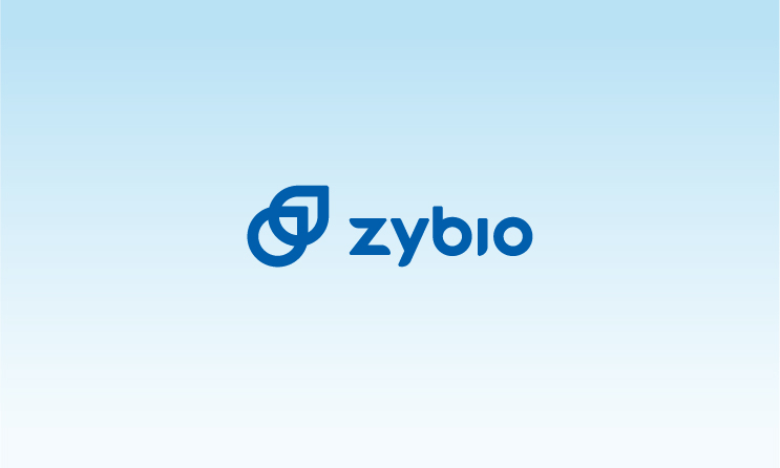DiagHub Online Academic Platform: The fourth session on Urinalysis Concludes Successfully – Highlights Recap
July 25, 2025 Zybio News
The fourth session of DiagHub focused on urinalysis as a critical diagnostic tool, convening global experts to discuss technological innovations and clinical applications. Moderated by Dr. Sulaxmi Kurade-Aher, a Consultant Pathologist at Jehangir Hospital, India, the session featured two distinguished speakers: Prof. Dr. Ida Parwati from Universitas Padjadjaran, Indonesia, who presented on urinalysis for UTI screening and evolving classifications, and Ms. Sijin Xiang, Urinalysis Product Manager at Zybio Inc., who detailed cutting-edge analytical methodologies and their role in optimizing diagnostic workflows.

Prof. Dr. Ida Parwati of Universitas Padjadjaran presented urinalysis as a pivotal screening tool for urinary tract infections , tracing evolving classifications from IDSA/ESCMID to current European Urology standards. She emphasized urinalysis’ diagnostic value in detecting leukocyte esterase and nitrites–key UTI hallmarks–while noting its limitations in pathogen identification.
The presentation compared urinalysis methodologies, specifically highlighting Zybio’s laminar flow imaging technology for its critical advantages: dynamic imaging without centrifugation, minimal carry-over, and high-throughput accuracy. This contrasts with flow cytometry and static digital imaging.
Prof. Parwati positioned urinalysis as essential for UTI management: its cost-effectiveness and non-invasiveness enable rapid screening and early intervention. She acknowledged limitations like false results from contamination or dilute urine, stressing that findings must be interpreted clinically with cultures remaining definitive for high-risk cases.
Concluding, she reiterated urinalysis’role in ruling out UTIs when negative and advocated for technological advances to overcome constraints. Zybio’s solution was framed as a promising innovation in this space, alongside emerging biomarkers, to enhance diagnostic precision.

Ms. Sijin Xiang's presentation focused on the critical role of accurate cast detection in urine sediment analysis for diagnosing kidney disease, particularly the challenge posed by mucus-positive samples which can lead to false-positive cast identification. She highlighted Zybio's U3600 Fully Automated Urinalysis System as a solution leveraging technological innovations to overcome these difficulties.
The presentation began by reviewing the clinical significance of urine formed elements and emphasized the special diagnostic value of casts as indicators of tubular damage. Different cast types correlate with specific renal conditions, making accurate detection and classification vital.
A major challenge identified was the interference of mucus threads. Manual microscopy is inefficient, labor-intensive, and subjective, struggling with high sample volumes.
Ms. Xiang then detailed how the Zybio U3600 system addresses these issues through three core technological breakthroughs: Upgraded Laminar Flow Imaging: Utilizes precise sheath fluid focusing to align particles in a single file, enabling high-speed, automated imaging without centrifugation. This eliminates overlap and provides clear images essential for analysis.
Ms. Xiang positioned the U3600 as an integrated solution combining physical/chemical testing. She concluded that its technological advancements significantly reduce manual microscopy rates, improve turnaround time, enhance result accuracy, and provide traceable images for review, thereby strengthening the laboratory's diagnostic capability for kidney disease.

The session also included an interactive Q&A segment where critical challenges were addressed. Prof. Parwati responded to strategies for improving UTI diagnostic accuracy amidst urinalysis limitations, while Ms. Xiang elucidated technical approaches to resolving inconsistencies between dry chemistry LEU and sediment WBC results.
This dialogue provided actionable insights for enhancing clinical practice, reinforcing urinalysis' role in evidence-based diagnostics. Stay tuned for future DiagHub events as we continue to bridge innovation with diagnostic excellence!
